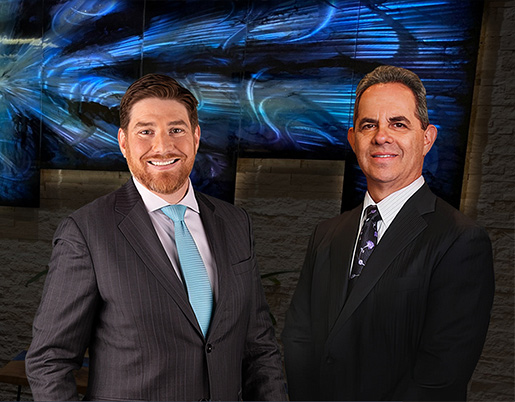Below are some of the automobile recalls for March 2010:
- Chrysler is recalling model year 2010 Jeep Commander and Grand Cherokee vehicles. They may have been built with an improperly manufactured rear track bar reducing the vehicles stability. Dealers will inspect the rear track bar bushing retaining hoop and replace the rear track bar if any are found to be mis-positioned. The safety recall is expected to begin during April 2010. Owners may contact Chrysler at 1-800-853-1403.
- General Motors is recalling certain model year 2005-2010 Chevrolet Cobalt and model year 2007-2010 Pontiac G5 vehicles equipped with electric power steering. The driver may experience a sudden loss of power steering assist. The safety recall began on March 29, 2010. Owners may contact Chevrolet at 1-800-630-2438 and Pontiac at 1-800-620-7668 or at the owner center at www.gmownercenter.com.
- General Motors is recalling certain model year 2009-2010 Chevrolet Express and GMC Savana vehicles for failing to comply with Federal Motor Vehicle Safety Standard No. 103, “Windshield Wiping and Washing Systems.” These vehicles were built with heating, ventilation, and air conditioning (HVAC) control knobs that may fracture and spin on the control shaft. The driver may no longer be able to control the heating, cooling, and ventilation for the vehicle. If this condition affects the defrost system when it is required, it may decrease the driver’s visibility. Dealers will replace all HVAC control knobs free of charge. The safety recall began on March 11, 2010. Owners may contact Chevrolet at 1-800-630-2438 and GMC at 1-866-996-9463 or at the owner center at www.gmownercenter.com.
- Hyundai-Kia will recall certain model year 2011 Sonata vehicles manufactured from December 11, 2009 through February 15, 2010. The front inside door lock switch can remain in the unlatched position, and may open while the vehicle is in motion. Hyundai-Kia will notify owners and dealers will replace latches affected by this recall. The safety recall began on March 12, 2010. Owners may contact Hyundai Customer Assistance Center at 1-800-633-5151.
- Nissan is recalling certain model year 2008-2010 Titan, armada, and Infiniti QX56, and model year 2008-2009 Nissan Quest vehicles. The brake pedal pivot pin end was not spin-formed to specification which could cause the pinto slide and cause the brake pedal to partially disengage from the brake pedal bracket. The driver will experience looseness in the pedal and a reduction in braking force. Dealers will inspect to see if the pivot pin had been formed properly and will replace the brake pedal assembly if necessary. The safety recall began on March 22, 2010. Owners may contact Nissan at 1-800-647-7261.
- Nissan is recalling certain model year 2005-2009 Titan, Armada, and Infiniti QX56 vehicles. The instrument panel fuel gauge may inaccurately display that the vehicle still has some fuel. Dealers will replace the fuel sender unit inside the fuel tank with a new improved sender card. The safety recall began on March 22, 2010. Owners may contact Nissan at 1-800-647-7261.
- Nissan is recalling certain model year 2006 and model year 2008 Frontier, Xterra and Pathfinder vehicles. The molded fuel tank shells can deform, causing the fuel sender float arm to contact the tank shell causing the instrument panel fuel gauge to show that the vehicle has approximately one quarter tank when the fuel tank is empty. Dealers will replace the fuel level sending unit inside the fuel tank with a new one that has a modified float arm. The safety recall began on March 22, 2010. Owners may contact Nissan at 1-800-647-7261.
- Porsche will recall certain model year 2011 Boxster Spyder 2 door convertible passenger vehicles. It is possible that the locking hook on the soft top may not engage correctly into the lock catch. If the soft top is not fully locked, it can open when traveling at higher speeds. Dealers will replace both the locking hook and lock catch with redesigned components. The safety recall is expected to begin during April 2010.
- Toyota is recalling certain model year 2010 Tundra vehicles with four wheel drive. There is a possibility that an improper weld exists at the union of the propeller shaft and yoke. This joint may separate and the shaft may come into contact with the road surface. The safety recall is expected to begin during April 2010. Owners may contact Toyota at 1-800-331-4331.









